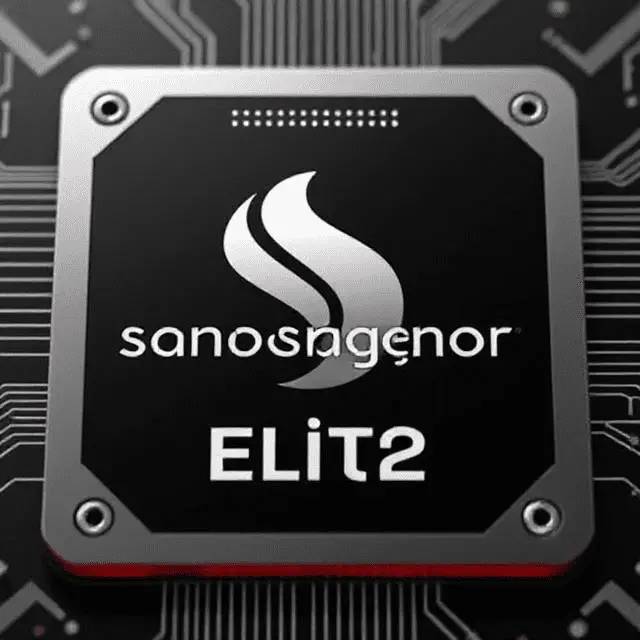
Qualcomm’s forthcoming Snapdragon 8 Elite Gen 2 chipset is generating considerable buzz in the tech community, with rumors suggesting significant enhancements over its predecessor, the Snapdragon 8 Elite. Notably, the new chipset is rumored to support LPDDR6 RAM and feature a 33.3% increase in cache size, promising substantial performance improvements.
According to reports, the Snapdragon 8 Elite Gen 2 is expected to be manufactured using TSMC’s advanced third-generation 3nm process, known as N3P. This transition from the N3E process used in the current Snapdragon 8 Elite is anticipated to contribute to a 20% boost in performance.
The introduction of LPDDR6 RAM support in the Snapdragon 8 Elite Gen 2 would mark a significant advancement in memory technology for mobile devices. LPDDR6 offers higher data transfer rates and improved power efficiency compared to its predecessor, LPDDR5x, which is supported by the current Snapdragon 8 Elite.
In addition to memory enhancements, the Snapdragon 8 Elite Gen 2 is rumored to feature a 33.3% increase in cache size. An expanded cache can lead to faster data access and reduced latency, thereby enhancing overall processing efficiency and performance.
The current Snapdragon 8 Elite chipset already boasts impressive specifications, including an Oryon CPU with custom eight-core architecture, prime cores clocked at 4.32GHz, and performance cores reaching up to 3.53GHz. It delivers up to 45% improvements in CPU performance and a 40% boost in GPU performance over the Snapdragon 8 Gen 3. The chipset also supports LPDDR5x RAM and UFS 4.0 storage.
Connectivity features of the Snapdragon 8 Elite include the Qualcomm FastConnect 7900 System, offering support for Wi-Fi 7 across 6GHz, 5GHz, and 2.4GHz bands, as well as Bluetooth 5.4. It also integrates the Snapdragon X80 5G Modem-RF System for advanced mobile connectivity.
Initial adoption of the Snapdragon 8 Elite chipset was seen in devices like the Xiaomi 15 and Xiaomi 15 Pro, launched in October 2024. Other manufacturers, including Asus, OnePlus, Realme, and iQOO, have also incorporated this chipset into their recent flagship models.
As the Snapdragon 8 Elite Gen 2 is still under development, these rumored enhancements, including LPDDR6 RAM support and increased cache size, suggest that Qualcomm aims to further solidify its position in the high-end mobile chipset market. Consumers and industry observers alike are keenly awaiting official announcements to confirm these specifications and to see how they translate into real-world performance.
